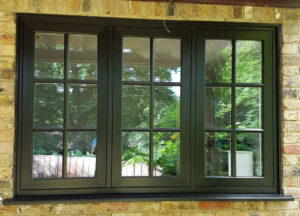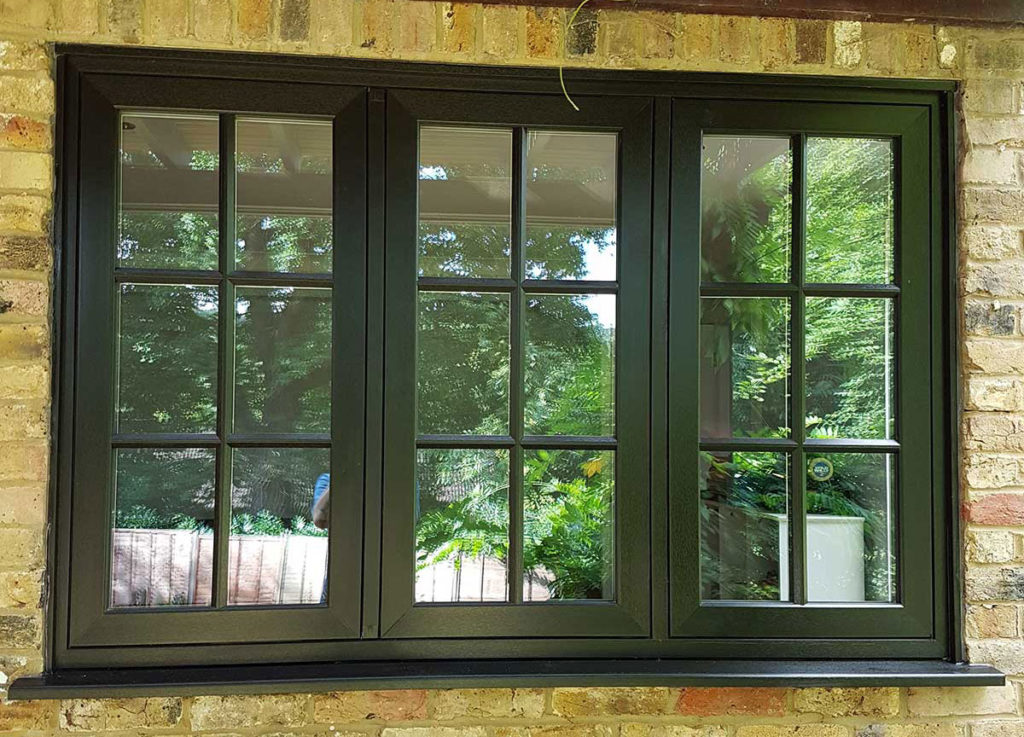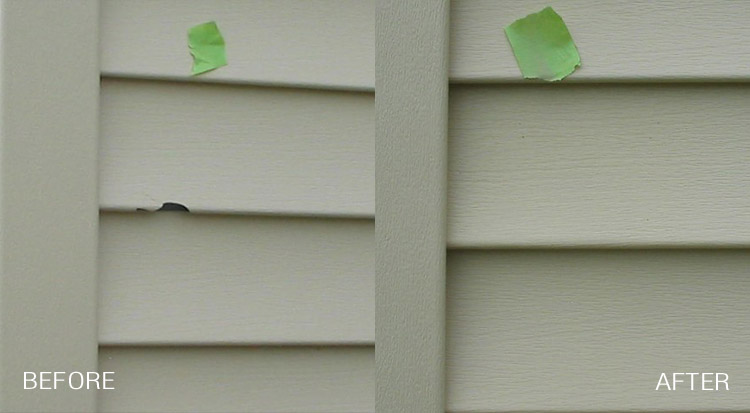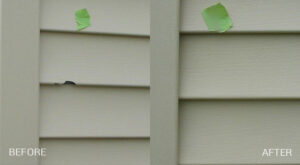If your windows are old, hard to open or close, or let in a lot of outside noise, it may be time to consider replacing them. Replacement Windows Massachusetts can improve the look of your home, add functionality, and increase its value.
Replacement windows fit into existing window openings and don’t require major alterations to your walls, trim, or siding like new construction windows do. This makes them a great choice for historic homes with carefully curated exteriors.
New windows are designed to prevent leaks and drafts, making your home more comfortable and energy efficient. In fact, your utility bills may drop by up to 25% when you install replacement windows that are made with the latest in energy efficiency technologies. Additionally, the low-E glass and insulated frames will minimize heat transfer to help you save on energy costs all year round.
In addition to lowering energy usage, energy-efficient replacement windows can also reduce greenhouse gas emissions and your carbon footprint by limiting the amount of fossil fuels needed to heat and cool your home. This makes them an environmentally responsible investment for homeowners who care about the environment.
When choosing replacement windows, look for products with the ENERGY STAR label. This indicates that the windows have been independently tested, verified, and certified by the National Fenestration Rating Council (NFRC) to meet specific energy efficiency guidelines.
Energy-efficient replacement windows also reduce noise pollution from outside and inside your home, so you can relax in peace. In addition, you can choose between-the-glass blinds and shades to easily control sunlight and indoor allergens, such as dust and pet dander. Some replacement windows even open from the bottom or sides to provide a simple escape route in the event of a fire, which is a feature that older windows often lack.
You can choose to have your new windows installed using the frame-in-frame method or the insert window method. During frame-in-frame installation, your existing window sash, operating hardware, and covers are removed. Then, the new window unit is inserted into the frame, where it is anchored, insulated, and sealed. This option is usually more affordable than total replacement and allows you to keep your original exterior trim and siding.
The right replacement windows will add value to your home and make it more appealing to potential buyers. Buyers will want a home that is comfortable and energy efficient, so replacing your old, inefficient windows will increase your chances of selling your home quickly and for a fair price. This will give you a return on your investment.
More natural light
When people watch home improvement shows, they notice two things that make a house feel more spacious and inviting: open floor plans and natural light. Getting more natural light in your home can improve your mood, decrease your energy costs, and make it easier to work and play. The best way to get more natural light into your home is with new replacement windows.
Unlike the thick frames of older windows, today’s replacement windows have slimmer designs that allow for more glass space. Plus, many styles of windows have no grilles or grids that block sunlight. You can further increase the amount of natural light in your home by painting walls and ceilings lighter colors, which reflect more sunlight, compared to darker colors that absorb sunlight and heat. You can also trim back bushes and other plants that prevent sunlight from reaching your home.
One of the reasons that more natural light in your home can boost your mood is because sunshine triggers your body to produce serotonin, a brain chemical that makes you feel good. You can further improve your mood by using your artificial lights less during the day, which will cut down on your energy bills and help you save money.
If you’re thinking about remodeling your home, consider adding more replacement windows to increase the amount of natural light in your rooms. You can add windows above or below existing ones, or you can install new windows in places where there are blank wall spaces. The most important factor is making sure that the replacement windows you choose will provide ample amounts of natural light without letting in heat or harmful UV rays. Windows from brands like Pella that have multiple layers of low-E coatings, for example, are an excellent choice.
Another great option for getting more natural light is installing a bay or bow window in your home. These larger windows can let in more light and create a focal point in a room, which is an attractive feature that will appeal to potential buyers when you decide to sell your home.
Better Appearance
A home’s windows can have a significant impact on its exterior appearance. This is especially true if they are old or outdated. Replacement windows are an effective way to update a home’s style while also improving its energy efficiency and functionality.
Whether you are looking to replace a single window or all the windows in your home, there are many options available to suit your needs and budget. Vinyl is the most popular choice, and it comes in a variety of colors and styles. Wood is another option, and it can add a touch of elegance to any home. If you’re interested in a more durable option, fiberglass is an excellent choice. It has a low maintenance cost and provides great insulation.
While it is possible to restore an existing window, it is often best to install new windows. This is especially true if the existing windows are rotting, sagging, or have a mold or mildew problem. New double- or triple-paned replacement windows will not only improve the appearance of your home, but they will also provide a better seal and help reduce outside noises.
There are three basic types of replacement windows: sash kits, insert replacements, and full-frame units. Sash-replacement kits (like the ones Tom installed on the Newton house) give an old window frame new movable parts, including jamb liners and sashes. The liners are fastened to the side jambs of the existing frame, and the sash is then slipped in between. This type of replacement window is typically the most affordable.
The most popular replacement window manufacturer is Andersen. They have a wide range of options and offer competitive pricing and strong warranties. Their windows are also highly customizable. Upgrades are available, such as impact-resistant glass, between-the-glass blinds, Rolscreen retractable screens, and integrated security sensors.
When choosing a contractor to install your replacement windows, be sure they are licensed and insured. It’s important that your installer takes accurate measurements and has a lot of experience with this type of project. They should be able to show you photos of previous jobs and discuss the details of your project.
Increased Home Value
New replacement windows add to your home’s overall value. They are often ranked as one of the best home improvement projects, with a great return on investment. The improved appearance, energy efficiency, and noise protection that you enjoy will also attract prospective buyers when you decide to sell your home.
Replacement windows are also easier to install than new-construction windows because they do not require removing the existing window frame. Depending on the style of the window and the condition of the surrounding wall sheathing, this could make the project less costly and labor-intensive.
The replacement windows you choose should be as energy-efficient as possible. Look for options with ENERGY STAR ratings, low-E coatings, and other features that will reduce your home’s energy consumption. Pella has several options that meet these criteria, including their Impervia, Defender, and Hurricane Shield Series windows.
Another factor to consider is how well your replacement windows will perform over time. Newer windows have better functionality than older windows, so you will not have to deal with sticking, drooping, or other issues that can plague old windows. If your replacement windows are properly installed and maintained, they should last longer than the average home.
You should work with a professional to ensure your replacement windows are installed correctly. You should also select a manufacturer with a good reputation and a strong warranty. For example, Andersen offers a comprehensive owner-to-owner limited warranty that will transfer to the buyer when you sell your home.



